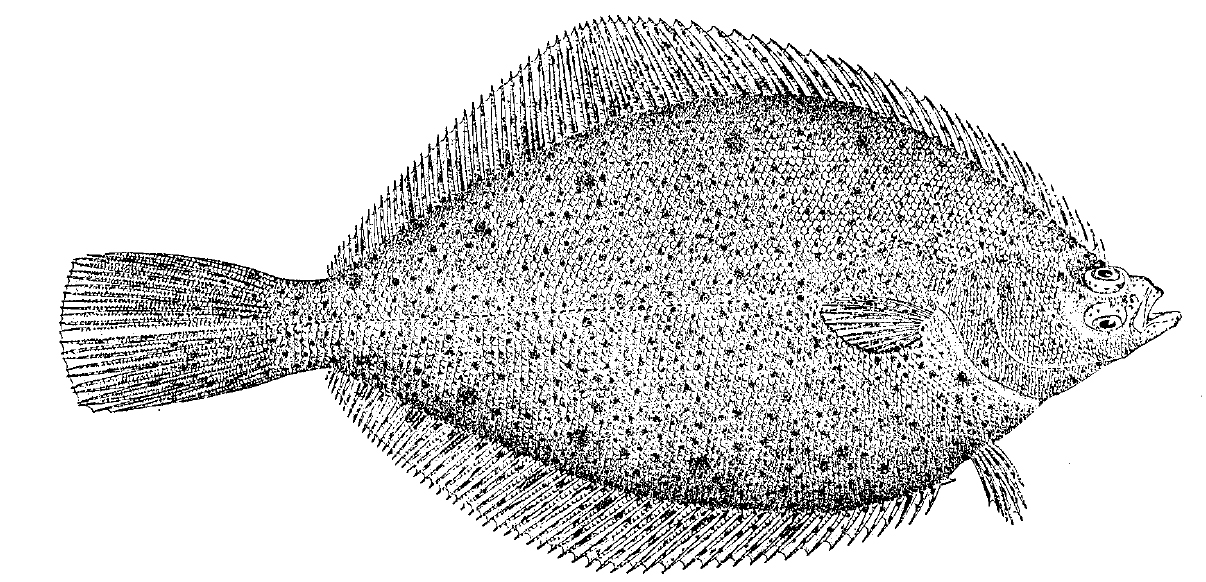Habitat, biology, and fisheries
Inhabits sandy and muddy bottoms in deeper water, 5-7 fathoms and no deeper than 50-60 fathoms.
They tolerate temperature from a maximum of about 52°-54° to a minimum of about 33°-36°. And some of them are exposed to still lower temperatures on the Grand Banks, and in the Gulf of St. Lawrence.
The eggs of the yellowtail, measuring 0.87 mm. to 0.94 in diameter, are buoyant, without oil globule, spherical, very transparent, and with a narrow perivitelline space.
The early larval stages of yellowtails and of winter flounders resemble one another closely; but the number of fin rays usually places the larvae in one species or the other after these appear. And the yellowtail does not swim to the bottom until at least 14 mm, whereas the winter flounder completes its metamorphosis when it is only 8 to 9 mm.
Diet consists mainly of smaller crustaceans such as amphipods, shrimps, mysids, and the smaller shellfish, both gastropods and bivalves, and worms. It is also known to eat small fish.
The yellowtail is one of the most valuable of the flatfishes caught within the Gulf of Maine. It compares favorably in quality with the summer flounder and the winter flounder, but because its body is thinner it brings a lower price to the fishermen. Yellowtails live too deep to be of any interest to anglers.
|
